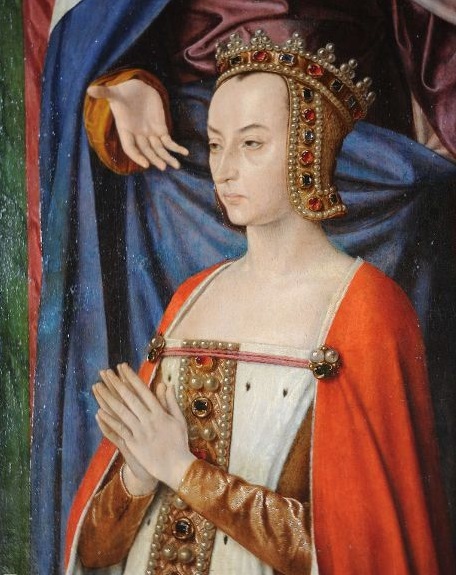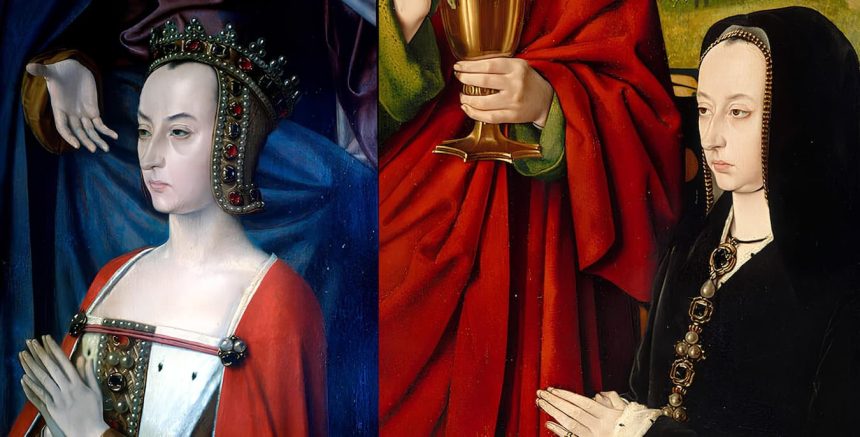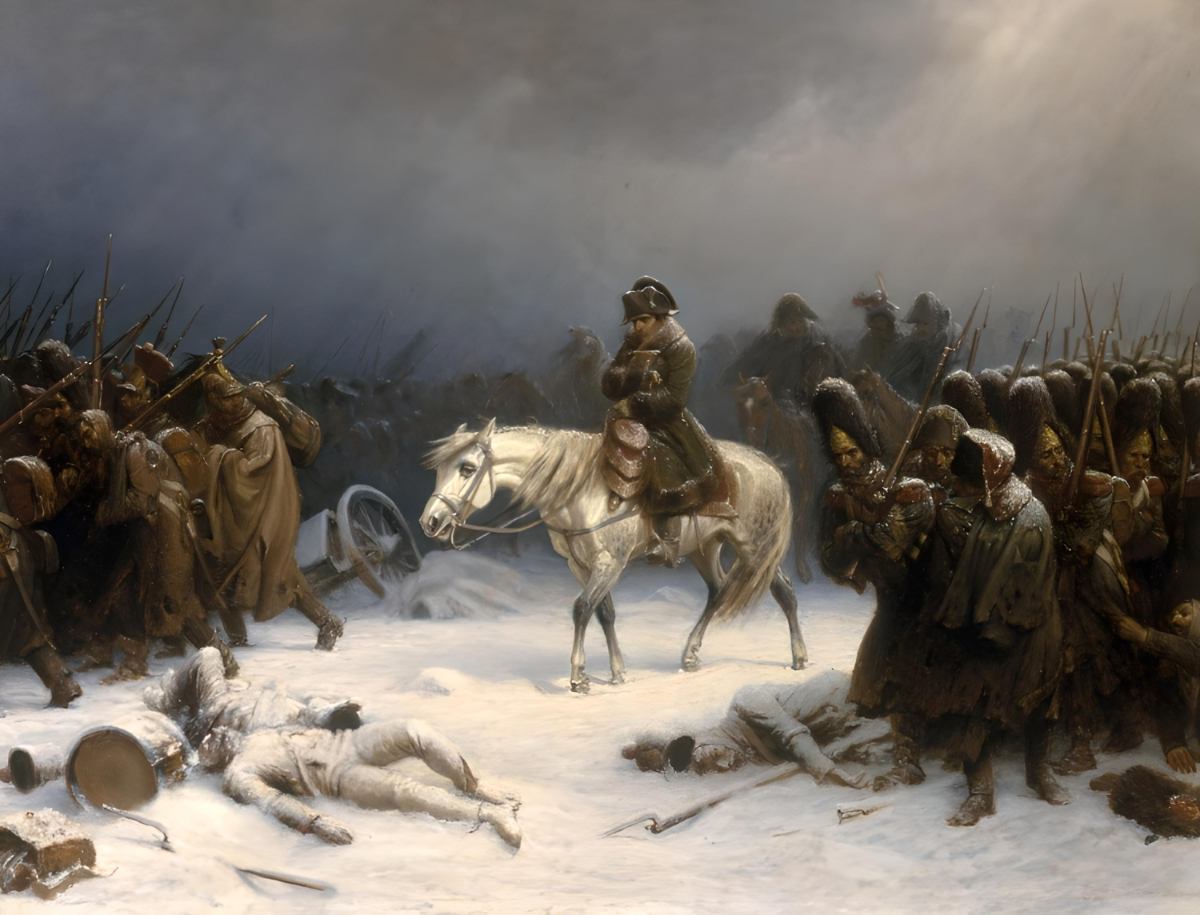Anne of France, also known as Anne of Beaujeu, was regent of France until Charles VIII came of age. She governed firmly, convened the Estates General of 1484, and defeated the feudal revolt led by the Duke of Orléans, the future Louis XII, during the “Mad War” (1485-88). Consolidating royal power, she completed the territorial unification accomplished by Louis XI by preparing the annexation of the Duchy of Brittany to the Crown of France.
Anne of France and the Mad War
The eldest daughter of Louis XI and Charlotte of Savoy, and elder sister of Charles VIII, she was married at the age of twelve to Pierre II, Lord of Beaujeu and Duke of Bourbon. For her strength of character, she was designated by her father, the King of France, to exercise the regency during the minority of her brother Charles VIII from 1483 to 1491.
After the disappearance of the last Count of Maine and the last Duke of Anjou, the French crown acquired, by right of return, the provinces of Maine (1481), Provence (1481), and Anjou (1482), thus considerably increasing the territory under monarchical control. Powerful and authoritarian, Louis XI, father of Charles VIII, had managed to subdue the pretensions of the great political bodies, princes, and keep the clergy in check.
Saint-Pol and Nemours were executed for their treasons, and Balue was punished for eleven years for his intrigues with the enemy.
Thus, when Louis XI died on August 30, 1483, leaving his thirteen-year-old son Charles as heir, everything suggested that France would once again be plunged into civil war. During the Estates General of 1484, Anne of France intrigued to exclude Louis of Orléans, the future Louis XII, from the regency. The latter formed, the following year, with Francis II of Brittany, Maximilian of Austria, and Richard III of England, a contestatory league. Disagreements of interests among the leaguers allowed the regent to establish her authority, while working on the annexation of the Duchy of Brittany, although insurgent, to the royal domain.
Anne of Beaujeu: Duchess of Bourbon

The revolt nevertheless continued for three years, until the defeat of Louis of Orléans at the Battle of Saint-Aubin-du-Cormier (1488). The Duke of Orléans was taken prisoner; the Duke of Brittany, Francis II, had to sign the Treaty of Sablé, which consecrated the primacy of royal power. Upon his death in 1491, Anne of Beaujeu had the Breton cities seized and arranged the marriage of Charles VIII to Duchess Anne of Brittany, who had been promised by her father to Maximilian of Austria.
After this alliance, celebrated in 1491, Anne of Beaujeu handed over power to Charles VIII.
The now Duchess of Bourbon henceforth devoted herself to the administration of the immense possessions of the House of Bourbon, her husband – who had become Duke of Bourbon in 1488 – having died in 1503. Mother of Suzanne of Bourbon, married to Charles of Bourbon, she supported, until her death on November 14, 1522, her son-in-law against the territorial claims of Francis I.






